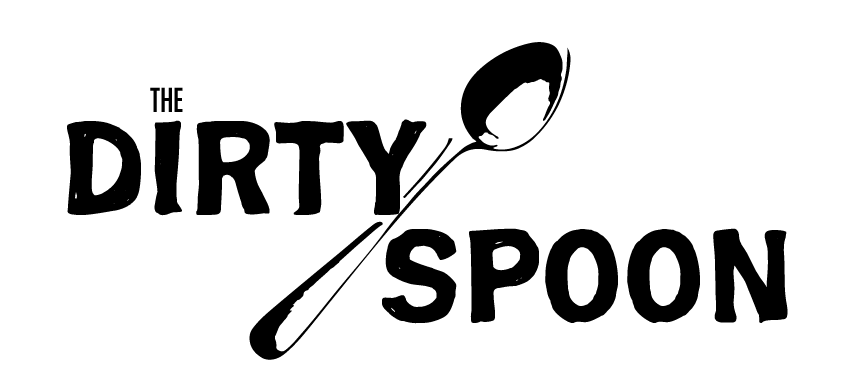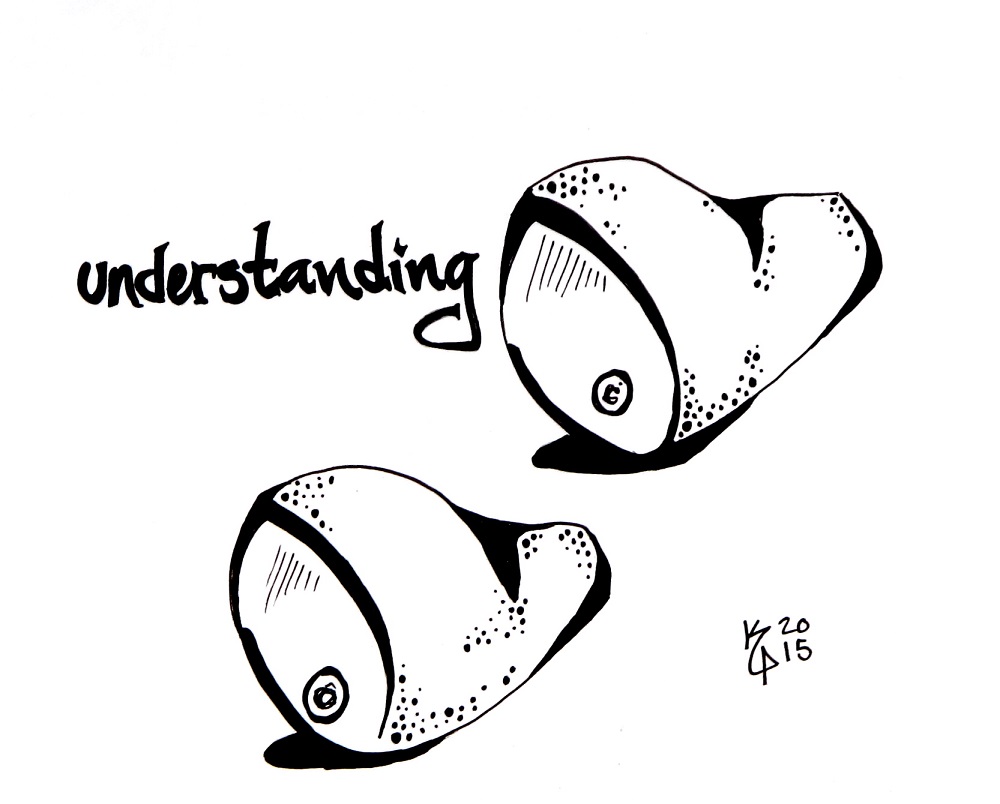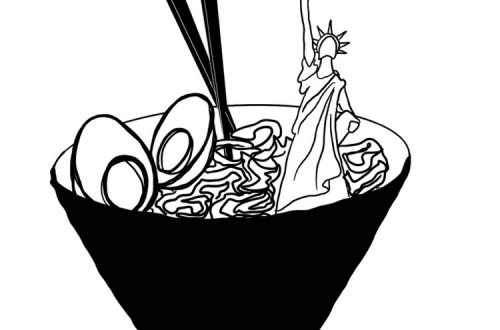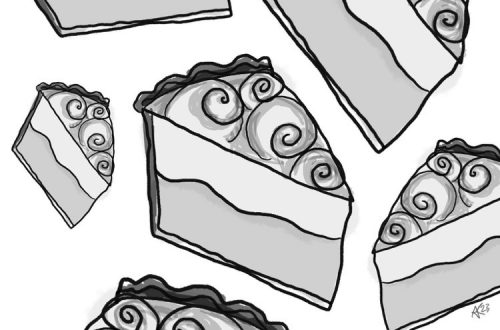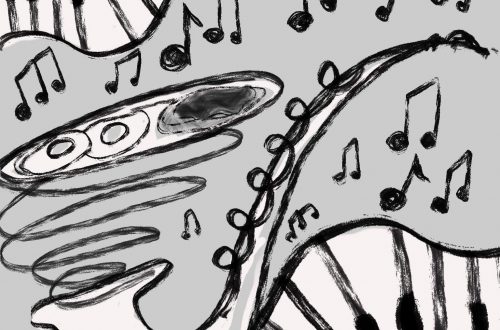By Jonathan Ammons
I recently went to the Asheville Art Museum to see an exhibit of Josef Albers color studies, a former Bauhaus artist, refugee, and master color theorist who taught at the Black Mountain College here in Asheville. While we were in the exhibit a small tour of school kids came through with a volunteer teacher talking about the works.
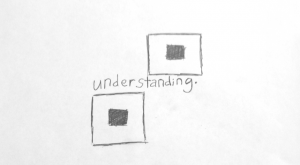
“Now take a look at these two squares” he said, pointing to two yellow squares, one on top of the other. The squares were the same size, one a bright yellow, the other painted blue. Inside each one was a tiny grey rectangle. “What is the difference between these two grey rectangles?”
“That ones darker!” an enthusiastic little girl called out.
“You think that one is darker?” said the man, “come up here and take a closer look. Because they are actually the same color, but because this one has a bright yellow behind it, the grey square looks darker.” To anyone just passing by the piece or with no understanding of Albers work, it just looked like two colored squares, the type of thing stingy old pricks often say is “not art” or “modern art garbage”. But to anyone with a little knowledge of the subject, it is a mind blowing color exercise, and Albers was one of the first to document the idea.
I think we see this a lot with food as well. I remember speaking to some friends who had just been to Curate and were less than impressed. As someone who has never had anything less than an excellent meal there, I asked what happened that so sullied their impressions of the food. “We got the Jamon Iberico, and it was just salty ham!”
“Yes,” I said, “that is what it is supposed to be.”
“It was just salty and fatty and plain.”
If you are not familiar with Jamon Iberico, let me take a moment to explain. This exceedingly costly pork product almost always refers to a 36 month cured leg of a free range black hoofed pig that has been fed only acorns for its entire life. I recently tried pricing one out and it came to around $1,500 for a ten pound leg, not including the shipping. The point and pleasure of this charcuterie is the amount of control that the farmer has had over the exercise and diet of his animals, which produces a rich, fatty meat that has a distinctly unusual flavor.
Now, I eat a lot of Charcuterie. It is hard for me to go to a restaurant or cafe that claims to make their own or has an interesting selection and not spend $50 on salty, fatty, aged animal products. So I do have the benefit of having experienced a lot of cured meats. But if someone’s only real experience with cured meat is their BLT at Waffle House or the cappicolo on their Lenny’s sub sandwich, then of course they would have no frame of reference as to why the expensive plate of thinly sliced pork product is so good and would understandably deem it “over rated.” It is easy to fathom why someone with no experience would be perplexed at the concept of paying $14 for a small sampling of something that, as far as they know, doesn’t seem much different than the stuff they put on their cold cut sandwiches.
But let’s take that a step further. Say that same person were to walk into Table or Imperial Life and have the charcuterie there? Assortments of pattes and cures, spread on a long wooden board… Would they complain about that too? Would they have a frame of reference? Lots of people claim to make “house charcuterie” but it often turns out watery or over spiced. It is extremely rare to get something as cleanly and accurately processed and assembled as artfully or skillfully as David’s charcuterie. I think anyone who has had a pate before can immediately assess the quality, but what would I have thought back when I did not have the decade of experience shoving foie gras in my mouth? Would it have been something I would have just glossed over and lost interest in? Would I have been that dumb ass that complained vocally online that the King James Public House served him cold pate?
Similarly, I’ll address the idea of a consomme. I love a good consomme. A simple dish of clarified stock in which the addition of meat, vegetables or herbs is considered a garnish rather than the focus of the dish. The focus is on the stock. And stock is an art form in and of itself, often known as the backbone of all cooking. To clarify that stock, it takes time, patience and dedication. It is truly a labour of love. I have sat at coursed dinners with people and when I see a consomme delivered to the table, I always get excited, but often times other guests will look at the bowl and say things like “It’s just broth! It’s like hospital food!” That’s about the point that I slam the palm of my hand into my face. Because what is in that bowl is not just chicken broth straight out of the can from Sysco, rather it is a finely crafted liquid infused with meat, fat, fresh vegetables, herbs and spices over the course of hours. Then it is painstakingly clarified over the course of even more hours until it is clear and beautiful, reduced so as to pack the most flavor into every slurp from your spoon.
I have learned that there are many small details in food and drink that I have often breezed right by because I did not have the knowledge to fully understand how to even begin to taste what made that dish or that drink special or unique. I always laugh when I hear people trash Four Roses Bourbon and then order a Bulleit Bourbon seeing how Four Roses makes Bulleit and Bulleit is actually only Four Roses Yellow Label bottled at a different proofs.
I guess my point is, don’t feel the need to evaluate something before you understand it. There is no pain or shame in looking at something and saying, “I don’t know what to think just yet.” After all, you sure don’t want to be that guy pointing at the Josef Albers painting and saying, “it’s just a bunch of squares? Where’s the art in that?”
